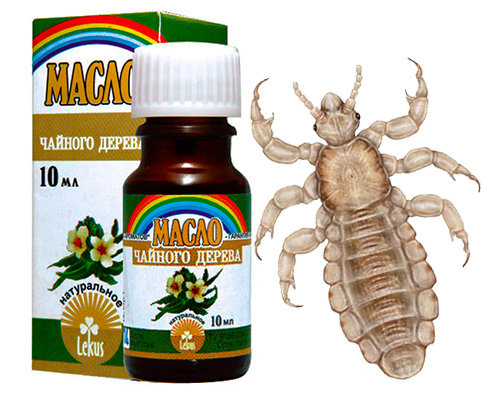
The essential oils of some plants have been widely used against lice for a long time. Their certain effectiveness in the fight against various insects is generally due to the sharp aroma, which most types of parasites cannot tolerate.
However, lice are not the most common insects. First of all, because even when the head is treated with essential oil, lice will not be able to leave the treated part of the body - in this case, they would simply be left without food. Secondly, the dense chitinous cover of lice makes them resistant to aggressive environmental factors and even to the action of some insecticides.
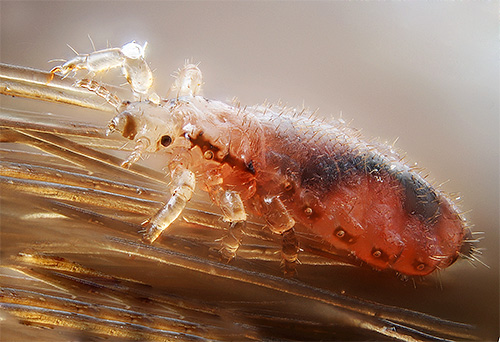
Some recklessly believe that tea tree oil from lice is effective largely due to the fact that, in addition to its strong smell, it is also quite toxic, and therefore, unlike many other essential oils, it not only repels parasites, but also can poison them. .
Can this property of tea tree oil be used to effectively control lice? Let's figure it out...
Is tea tree oil effective against lice?
Tea tree oil is indeed known for its toxicity.It is believed that it can cause serious poisoning when it enters the digestive tract of humans and animals.
On the other hand, the same oil is widely used in cosmetology to cleanse the skin and combat its various defects - acne, inflammation, viral, bacterial and fungal infections.
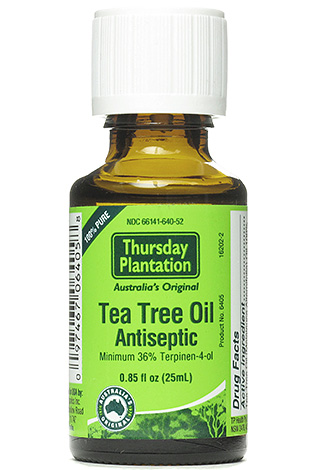
Perhaps, in the wake of the passion for this remedy, for some time now people have begun to actively use tea tree oil against lice. Without much, however, the result.
The point here is precisely that tea tree oil exerts its toxic effect only when it penetrates inside a biological organism, be it a person or an insect. Lice, purely physically, cannot ingest it through the oral apparatus: all they consume is human blood.
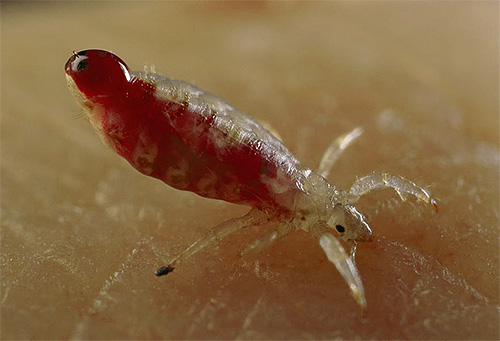
The amount of essential oil that can penetrate the insect through its chitinous cover is too small to have a reliable poisoning effect.
Accordingly, you need to understand that tea tree oil will not poison all the lice on the head at once, although it will create uncomfortable conditions for their existence and can generally weaken insects. Moreover, tea tree oil will not help with nits - in principle, it is not capable of poisoning them due to its dense protective shell.
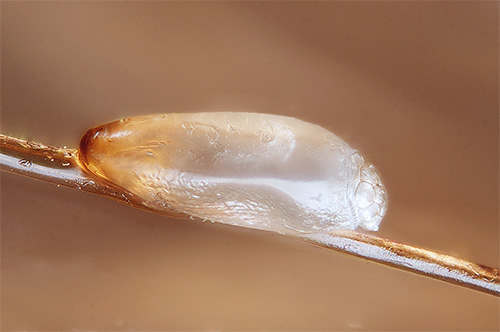
On a note
The composition of tea tree oil does not include a single component that can have a contact poisoning effect, that is, poison or infect lice, being on the outer integument of their body.

On the other hand, the constant treatment of hair with tea tree oil makes it possible to somewhat slow down the reproduction and development of lice, since being in the atmosphere of this substance the parasites will be in a weakened state (as is, however, observed when using many other products - hair sprays, colognes, decoctions of herbs). However, it is impossible to achieve their complete disappearance only with the help of essential oil.
And further: Creepy photos of head lice, including macro photography (the article has more than 50 comments)
How oil is used against lice
Most often, tea tree oil from lice is used in various combinations with other substances. It is usually added to shampoos or mixed with alcohol tinctures.
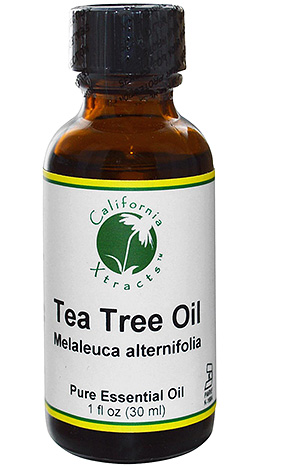
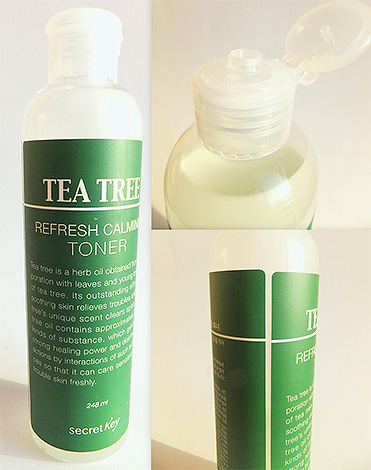
Practice shows that, together with shampoos, the oil practically does not give an effect. With alcohol, it can destroy lice, but the destruction occurs precisely due to alcohol, which actively acts on the external integument of insects. The oil here is used more to “flavor” the entire procedure, giving the uninformed person the feeling of a pleasant natural remedy for lice.
Actually, the remedy for removing lice is prepared as follows:
- 30 drops of oil are added to 50 grams of pure alcohol.


- Then the mixture is shaken, and 50 grams of distilled water is poured into it.

It is assumed that after this, it is necessary to moisten the hair and skin on the head with the resulting solution, and then rinse with warm water. This is done for at least 5-6 days in a row, ideally until the lice are completely removed.
On a note
Earlier, back in Tsarist Russia, the following recipe was used against lice: 20 drops of tea tree oil were added to 4 drops of clove oil, and the whole mixture was diluted with a quarter cup of mineral water. However, there is no evidence of the effectiveness of such a recipe.
Finally, very lazy lice fighters simply add oil to any shampoo and diligently wash their hair.


Of course, one cannot count on any reliable result in this case.
Review
“I had lice about two years ago, I picked them up in the camp, and tried to remove them with all sorts of folk remedies, tea tree oil, wormwood. But they did not hatch until the very return home. Here I already bought myself a normal shampoo for lice and brought them out at once. ”
Oksana, Moscow
Safety and Side Effects
Despite the ancient tradition of using tea tree oil in the fight against lice, the results of modern research not only do not confirm the effectiveness of this remedy, but also indicate a large number of contraindications to its use.
So, if tea tree oil enters the digestive tract, it can cause vomiting, diarrhea, hallucinations, headaches, and stomach pain. When skin is treated with oil, a serious allergic reaction and simple irritation can develop, which is especially true for children.
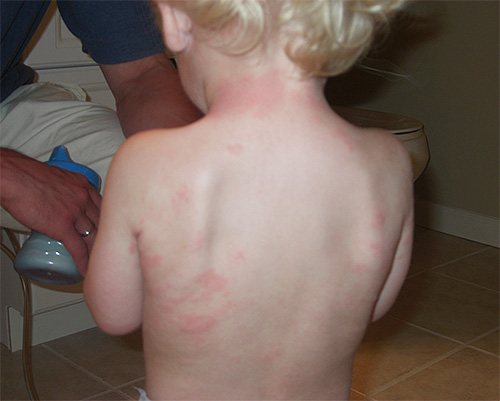
Review
“We used lice and tea tree oil. It does not give a special effect, but the skin of both me and the child after that became rough, flaky, my daughter even had an allergy. Compared to him, even the same Nyuda, who directly mows lice, is generally harmless.
Ekaterina, Tula
Not surprisingly, in the United States and some countries in Western Europe, tea tree oil is not recommended for medicinal purposes due to insufficient knowledge of its effect on the skin and the side effects it causes.
And further: Lice are not cockroaches, so is it worth removing them with Dichlorvos? (the article has more than 20 comments)
How will the oil work for sure?
The most effective will be the use of tea tree oil along with special insecticides. In this case, the drug itself will destroy the lice, and the oil will slightly soften its aroma.

Nyuda and Paranit lice sprays are suitable for this, they are quite safe and do not contain components toxic to humans. When used in accordance with the instructions, you can also use Parasidosis and Pedilin shampoos, Nix cream and some other products.
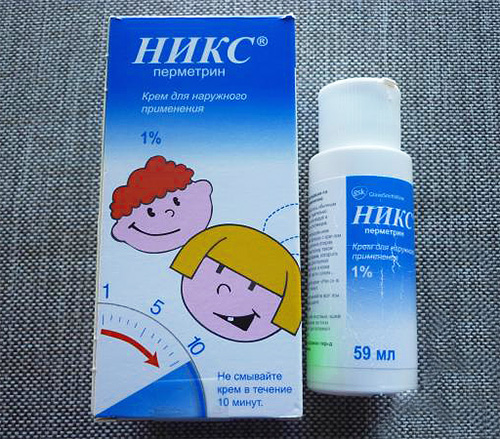
However, tea tree oil is used precisely because it is considered a natural and harmless remedy for the body, which “chemical” insecticidal preparations cannot boast of. To maintain the complete naturalness and safety of removing lice, tea tree oil should be used in conjunction with special combs such as NitFree, LiceGuard, AntiV and others. In this case, the oil will provide a certain inhibition and weakening of the parasites, and it will be much easier to comb them out with a comb.
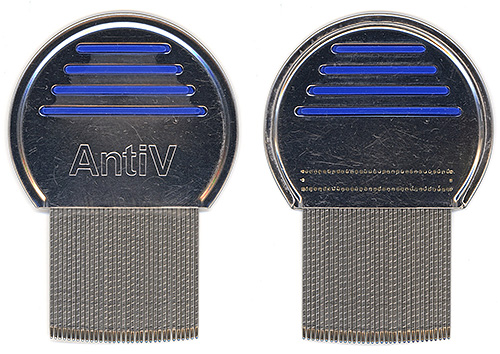
In general, tea tree oil is best used only as a prophylactic. If there is a risk of contact with people infected with lice, oil should be moistened on the skin behind the ears, temples and crown, and added to shampoo once a week when bathing.This can significantly reduce the likelihood of infestation with lice and prevent the reproduction of single specimens that accidentally fall on the head.
Useful video: how to completely remove lice and what you need to know about them first

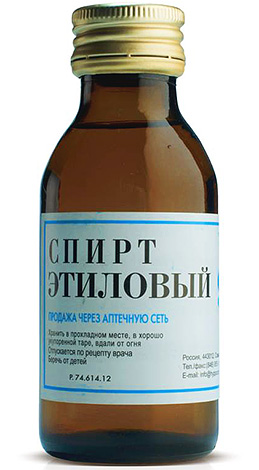
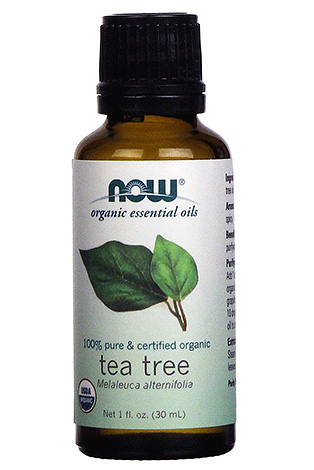
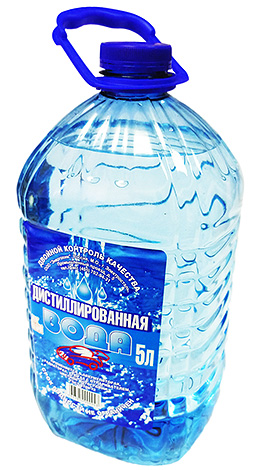

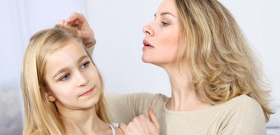
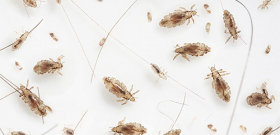
I couldn’t get rid of lice for half a year, no matter what means I tried, everything was in vain. But my mother bought tea tree oil, washed her hair with it every day for a week. Very helpful, I recommend.
Did she just wash her hair or did she keep her hair lathered for a while?
And tell me, please, how many drops of tea tree oil to add to the shampoo?
Hellebore water used to be bought. Now funds are full of purchases. I took a spray - very convenient.